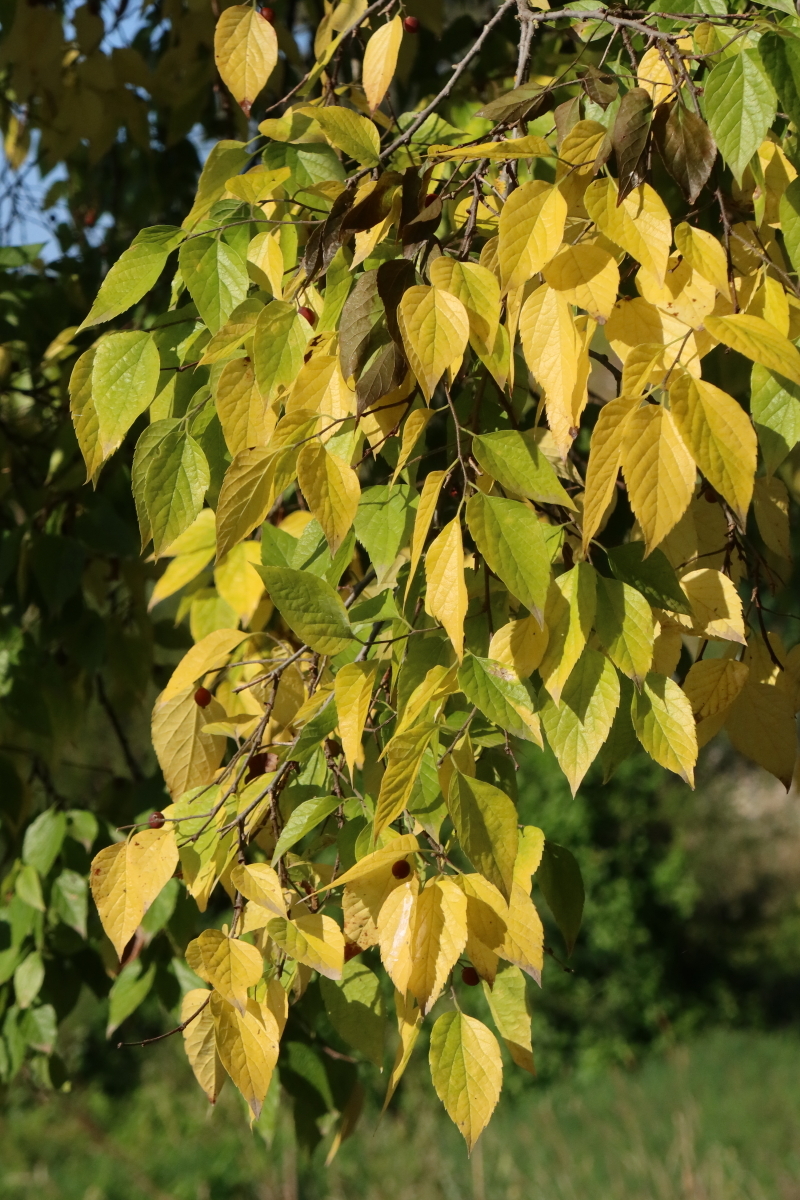Cannabaceae
Trees, shrubs or herbs, erect or climbing, annual or perennial, often aromatic, usually dioecious, sometimes monoecious or occasionally some flowers bisexual. Leaves stipulate (stipules often caducous), opposite or alternate, simple to palmately-nerved or palmately compound. Inflorescences axillary, bracteate; male inflorescences racemose, paniculate or small clusters; female inflorescences racemose, sometimes spike-like or cone-like, or occasionally a single flower. Flowers apetalous. Male flowers pedicellate; perianth 4-or 5-(rarely 6-)partite with sepals imbricate in bud; stamens as many as lobes, erect in bud, filaments short, pistillodes often present. Female flowers sessile; perianth undivided or with as many lobes as males, staminodes often present; ovary solitary, superior, unilocular with a single ovule 1; stigmas 1 or 2. Fruit a drupe, nut or achene, subtended by whole or part of perianth or bract.
About 10 genera with c. 170 spp.; global, temperate and tropical; 5 genera (2 not native) and c. 12 spp. in Australia.
 Spinning
Spinning


